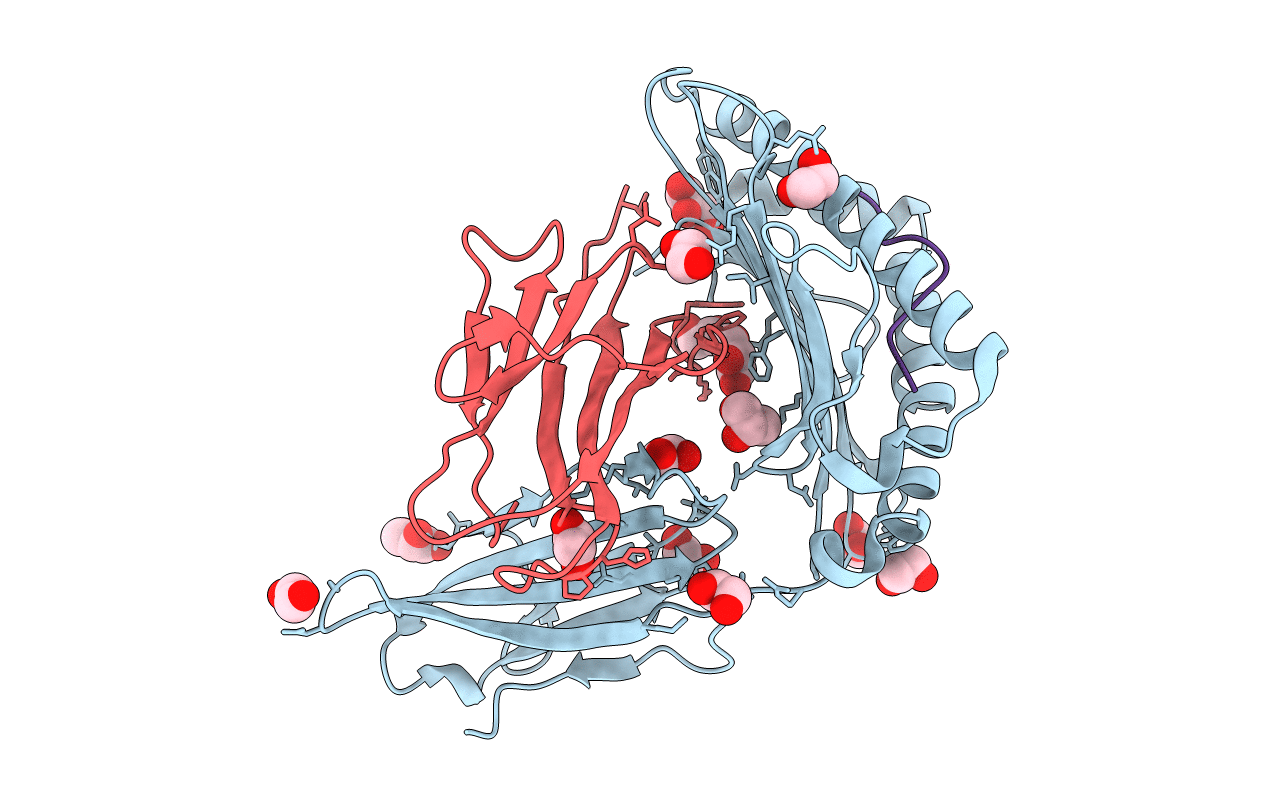
Deposition Date
2017-02-06
Release Date
2017-02-15
Last Version Date
2024-11-20
Method Details:
Experimental Method:
Resolution:
1.39 Å
R-Value Free:
0.20
R-Value Work:
0.17
R-Value Observed:
0.17
Space Group:
P 1 21 1


